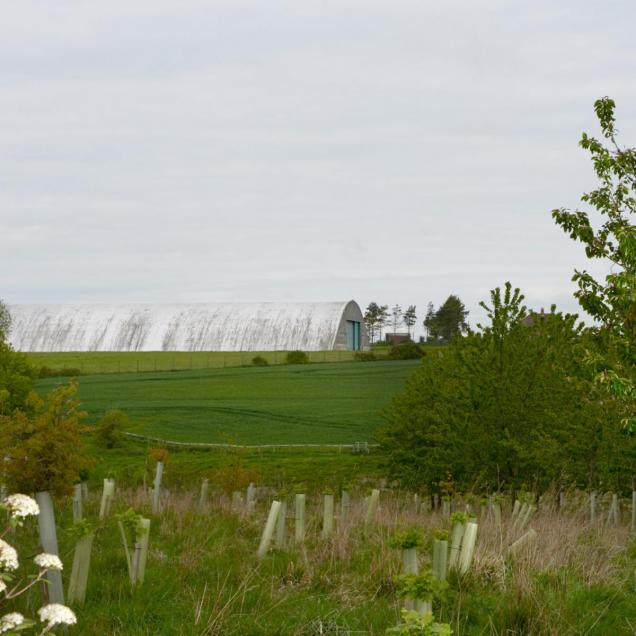

Pringle Richards Sharratt designed the William Morris Gallery in Walthamstow and took the project through the Heritage Lottery Fund application and completed the building in time for the 2012 Olympics (Waltham Forest received part of the funding as an Olympic borough). The project won the Art Fund Museum of the Year Award in 2013. PRS was appointed following a competitive interview process.
The practice undertook both the building design and exhibition design and to develop the interpretation strategy, in collaboration with BT Museum Consultancy and Thomas Manss & Co. through its exhibition design consultancy GuM Studio. The exhibition design won the prize for the Best Permanent Exhibition in the M&H Awards in 2013.
The William Morris Gallery located in the Grade II* listed Water House, the former family home of William Morris. The House is set in its own grounds on the edge of Lloyd and Aveling Park. The Gallery, opened in 1950 by the then Prime Minister Clement Attlee, was the only public museum devoted to William Morris. It contained an internationally important collection (c. 9,000 items) illustrating William Morris’s life, work and influence.
The main elements of the project were:
Tristram Hunt wrote in the Guardian:
"The result is a triumph. The gallery does so much: it positions Morris within the topography of north-east London as it edges into Epping Forest and Essex; it explains the roots of his gothicism and relationship with Ruskinian design; it describes the birth of his commercial practice and commodification of style; it deftly charts the nature of his socialism and how his art interacted with his politics; and it explores his remarkable cultural legacy.
The gallery does all this with scholarship and insight in an open and accessible style. There is no dumbing down here, but a great programme of outreach. No compromise on aesthetic and curatorial excellence, but an equal commitment to ensuring that as many people as possible come to understand the importance and wonder of William Morris."